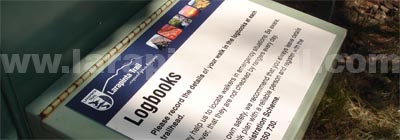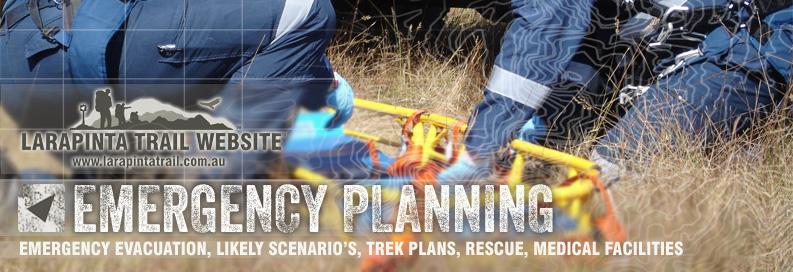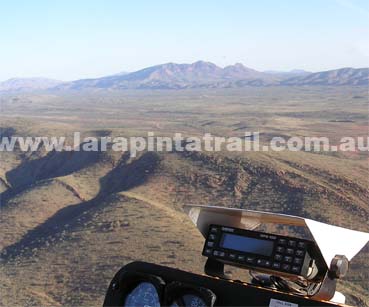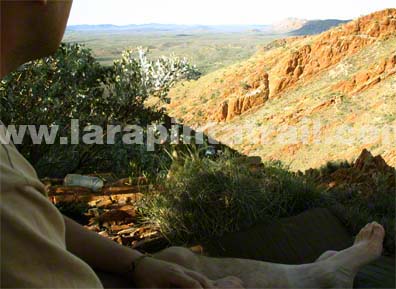|
 Overview Overview |
|
| Emergency Planning Considerations focus on planning and preparing for any medical based emergencies while on the Larapinta Trail. As a general rule, anyone walking the Larapinta Trail should have a basic emergency plan and be adequately equipped and knowledgeable to execute that plan. While the Larapinta Trail is easily accessible and emergency rescue services are excellent, it is reasonable to assume you could be waiting anywhere from 2 - 6 hours for assistance and evacuation. For Priority 1 and Priority 2 (life threatening) situations the first hour will be critical. Always be prepared |
 Key Emergency Service Numbers Key Emergency Service Numbers |
 National Emergency Number (Free Call)
- Dial 000 National Emergency Number (Free Call)
- Dial 000 |
 NT Police
- 131 444 NT Police
- 131 444 |
 NT Emergency Service- (08) 8952 3841 NT Emergency Service- (08) 8952 3841 |
|
 Contacting Park
Rangers in an Emergency Contacting Park
Rangers in an Emergency |
| For emergencies
only, walkers can contact Park Rangers at Ormiston Gorge and Simpson's Gap. The Park Rangers live in these locations and are
private residencies. Note that due to the nature of their work and size of the park, Park Rangers are not always easily accessible |
 Ormiston Gorge: 08 8956 7799 Ormiston Gorge: 08 8956 7799 |
 Simpsons Gap : 08 8955 0310 Simpsons Gap : 08 8955 0310 |
|
 Understanding Likely Emergency Scenarios & Conditions Understanding Likely Emergency Scenarios & Conditions |
| Some of the most likely emergency scenarios on the Larapinta Trail are medical based and include heat exhaustion, dehydration, sunburn, grastro, sprained ankles, back problems, grazes and avulsions. Some of these can complicate and deteriorate rapidly, particularly heat related illnesses. Some, like dehydration, can contribute to further injuries ( i.e. dizziness and fainting causing falls and concussions). |
| Serious medical situations will require helicopter evacuation. In fact most debilitating injuries and illnesses will require aeromedical evacuation simply because of the vast distances and rough terrain involved. Nevertheless, stretcher evacuations by foot are still an option |
| Other scenarios include emergency assistance for water resupply, medicine or equipment replacement. |
| Key Points |
|
 Developing and Submitting a Trek Plan Developing and Submitting a Trek Plan |
| Developing a plan and submitting this plan to the Parks Office or to friends is highly advisable. The plan will provide all the necessary key information for rescue agencies to jump start their rescue efforts. Below is a list of what should be included in such plans: |
| Key Points |
 |
Sections being walked; in which direction ( W-E or E-W) |
 |
Itinerary of the trek (Dates, Timings and Locations of your trek) |
 |
Walking solo, or in a group. How many in the group. Include details of each. |
 |
Equipment list of each walker; colour of main clothing, equipment, tents |
 |
Emergency communication devices carried. Details of any GPS tracking |
 |
How much is being carried |
 |
How much food is being carried and where the caches area |
 |
First aid kits and First Aid training and experience levels of hikers |
 |
Prior medical conditions that rescuers need to be aware of |
|
 Larapinta Trail Logbooks Larapinta Trail Logbooks |
 |
| At each trailhead, Section Log Books have been provided by NT Parks and Wildlife
Rangers. By accurately entering your details and the date and time of your arrival or
departure at that trailhead, authorities will be able to conduct any search and rescue with
greater efficiency and effectiveness, as the log books provide authorities
with a start or finish point. |
|
 Medical
Facilities in Alice Springs Medical
Facilities in Alice Springs |
|
Medical facilities in Alice Springs are very good. They service the Alice Springs population of more than 20,000 people all of the surrounding Aboriginal communities, pastoral stations, roadhouses and smaller townships. The main medical facility is the Alice Springs Hospital  but there are also a range of GP clinics and other medical facilities such as dentists, physios etc.. but there are also a range of GP clinics and other medical facilities such as dentists, physios etc.. |
| Alice Springs Hospital |
 (08) 8951 7777 (08) 8951 7777 |
|
 External News Links to Larapinta Trail Rescues and Tragedies External News Links to Larapinta Trail Rescues and Tragedies |
|
 |












